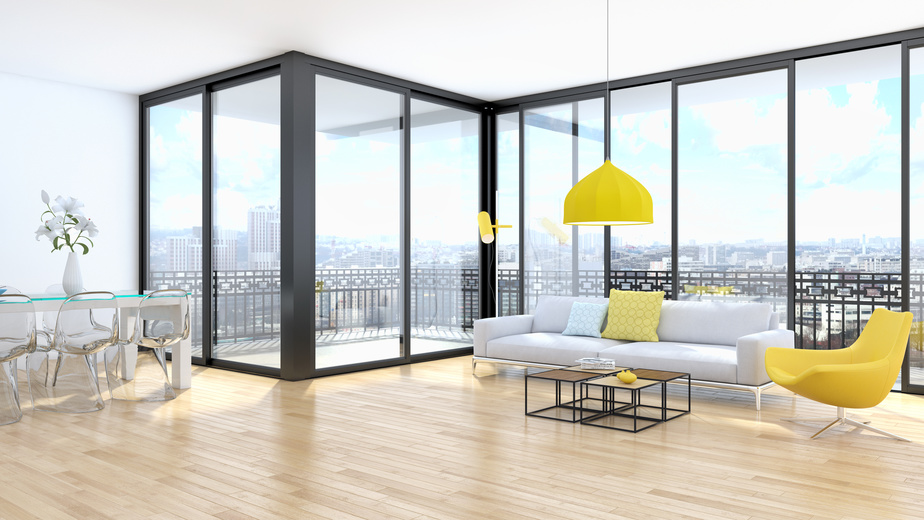With 2018 more than half over, I’m taking stock of some of the architectural design trends I, and other architects, have noticed and that I think are likely to continue into 2019 and beyond
“Lifestyle” Architectural Design Trends
 More than ever, clients are putting thought into how they live and how the spaces they inhabit enhance (or hinder) their lifestyles. “Flexible” is the watchword for millennials, who are more likely to be travelers, blending work and pleasure. They want spaces that allow them to work and play in the same place.
More than ever, clients are putting thought into how they live and how the spaces they inhabit enhance (or hinder) their lifestyles. “Flexible” is the watchword for millennials, who are more likely to be travelers, blending work and pleasure. They want spaces that allow them to work and play in the same place.
Clients are moving away from the traditional ideas of home design, with separate rooms designed for distinct purposes. They’re asking for open spaces that can serve multiple purposes and can easily be changed to adapt to new needs and constantly evolving living/working arrangements. Great rooms, with kitchens that meld seamlessly into large spaces that can be used for dining, working, entertaining or hanging out with family and friends, continue to be popular.
Adapting to Technology
A related trend is the demand for architectural design that incorporates technology and anticipates future developments. Smart home technologies, from digital entertainment systems and responsive lighting to smart security systems and thermal controls, are finding their way into every aspect of our lives, and our homes need to be designed with them in mind. Architects and clients need to think not only about wiring needs, but also about how design can impact the functionality of wireless technologies – from wall placement to materials used in construction.
Building to accommodate screens, with attention to wall space and lighting, is becoming increasingly important, as is finding design solutions to make them blend in with a home’s flow and décor.
Architectural Design Trends for Indoor/Outdoor Living
Another lifestyle-related trend is the vanishing distinction between indoor and outdoor spaces. Particularly in the Bay Area, clients want to be able to move their work and play seamlessly from inside to outside, using the entire home area at every time of year.
Retractable glass walls are becoming a popular option, allowing people to open up a room to a patio or garden space and freeing up traffic flow between inside and outside. Cabanas or solar shades that can be extended or retracted, combined with warming elements like heat lamps or fire pits, make outdoor living and dining rooms a viable option year-round in our temperate climate.
Outdoor cooking has moved beyond the barbecue, with many clients opting to extend their kitchens into the outdoor space. The availability of both regular and brick ovens, outdoor refrigerators and sinks make preparing meals and entertaining outdoors easier than ever.
Green Architectural Design & Sustainability
Perhaps no trend is as prevalent as green design. Green design focuses on reducing a building’s negative impact on our environment and our health and on increasing sustainability.
Increasingly, clients want to incorporate eco-friendly elements into the homes we design. These run the gamut from using energy-conscious design to reduce heating and cooling demands, to installing graywater systems and even green roofing.
The materials and building practices we use are also coming under scrutiny. Green building materials, such as recycled or sustainable fixtures, flooring and furniture (bamboo is a popular choice), are gaining popularity.
Reducing waste from the building process is also getting consideration. Architects and contractors work with clients to develop waste management plans for projects, which can include careful deconstruction rather than demolition, and salvaging reusable materials for donation or recycling.
Women in Architecture
As the head of a woman-led architectural design firm, I’ve been watching closely the rise of the #MeToo movement and the attention it has drawn to discrimination and harassment in the workplace.
While women are making inroads into the traditionally male-dominated world of architectural design, a 2017 survey of women architects suggests that women in our industry still feel less accepted than men. A survey conducted by architecture industry magazine Dezeen found that just three of the 100 largest architecture firms are led by women, and only two have management teams in which women are in the majority.
When I began my architecture career more than 30 years ago, I was often the only woman at the table, and I sometimes found myself feeling as if I had to defend my right to be there. That happens less often now, but I know from personal experience that the problems of discrimination and sexual harassment continue to plague women in our industry just as they do in many others.
That’s why I’m especially heartened that a pair of women architects, Yvonne Farrell and Shelley McNamara, led this year’s Venice Biennale of Architecture, while a group of women, including some of the industry’s most influential, took part in a protest at the Biennale location to draw attention to the issues that confront women in architecture. At the event, Martha Thorne, executive director of the Pritzker Architecture Prize, read “Voices of Women,” a manifesto that denounced “discrimination, harassment and aggressions” and called for an end to “pervasive prejudices and disrespectful behavior” in the industry.
I’m looking forward to seeing all these trends move forward into 2019 and to working with the clients who are making them happen.

